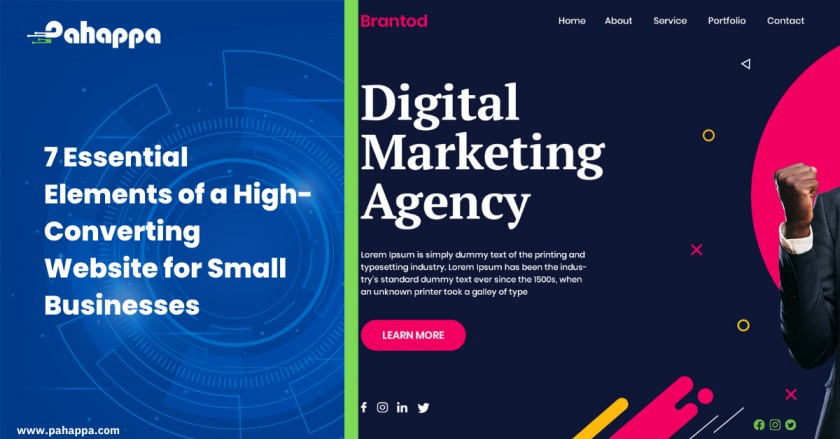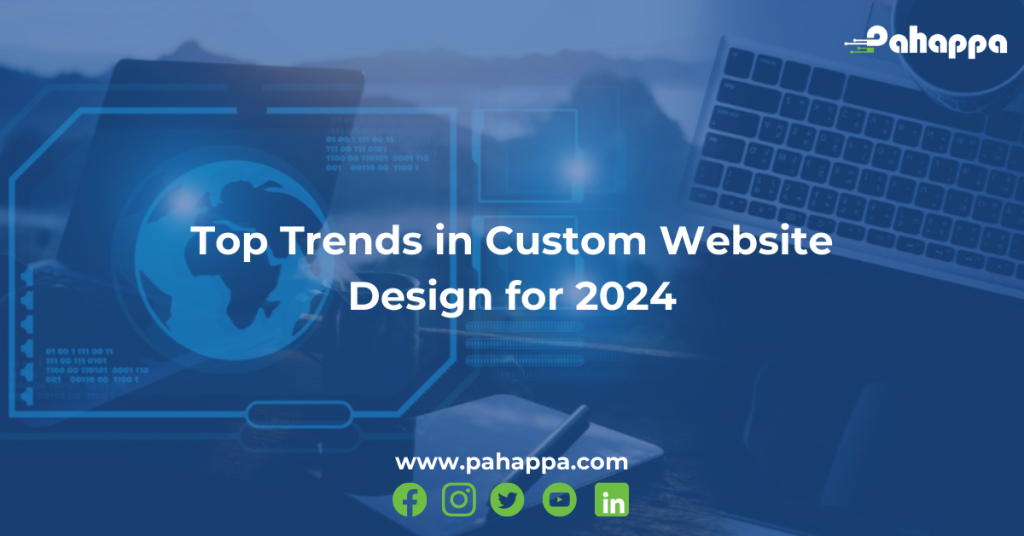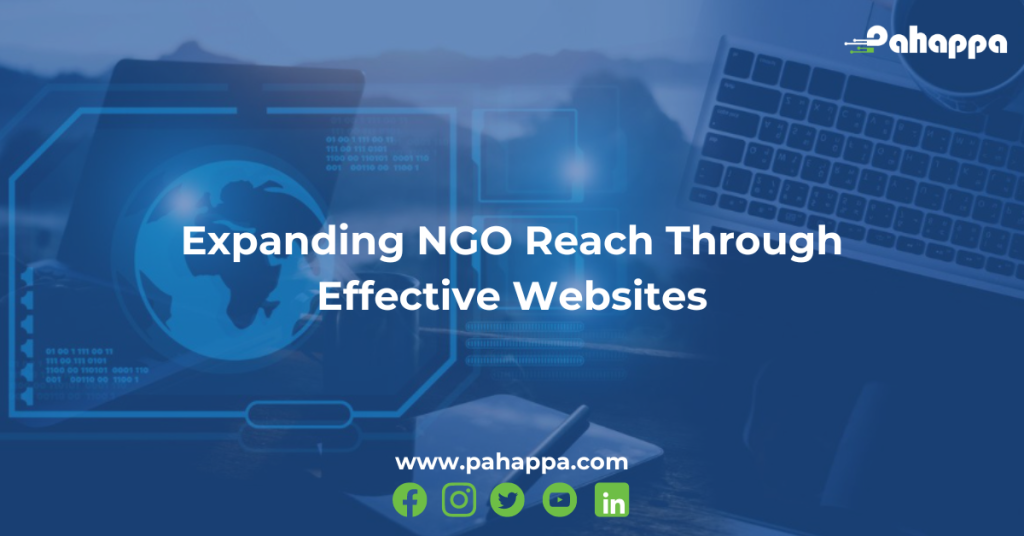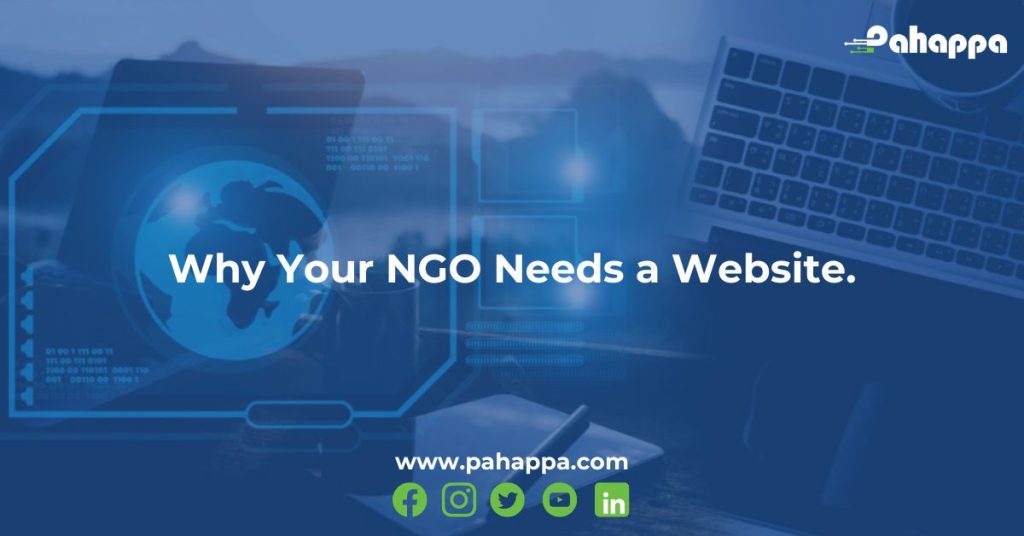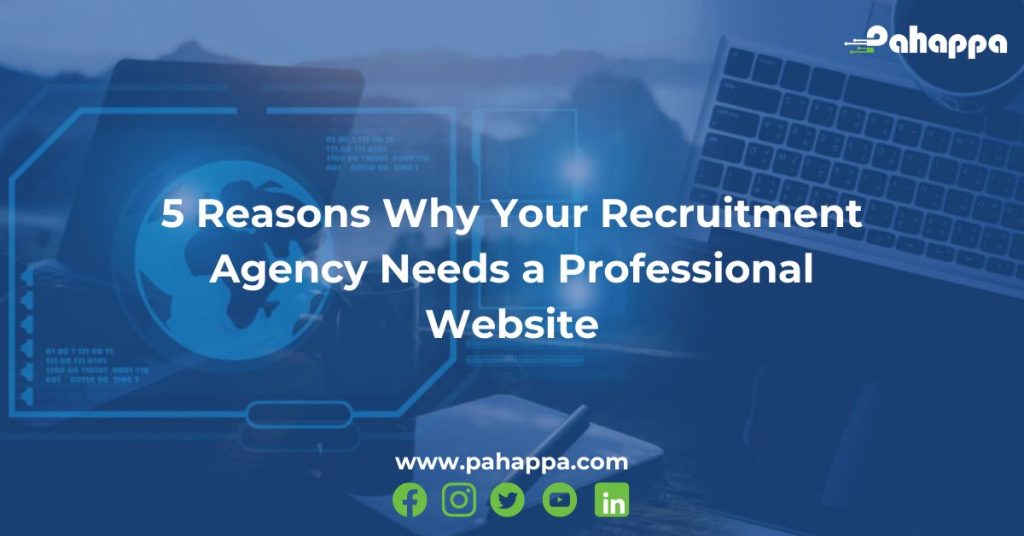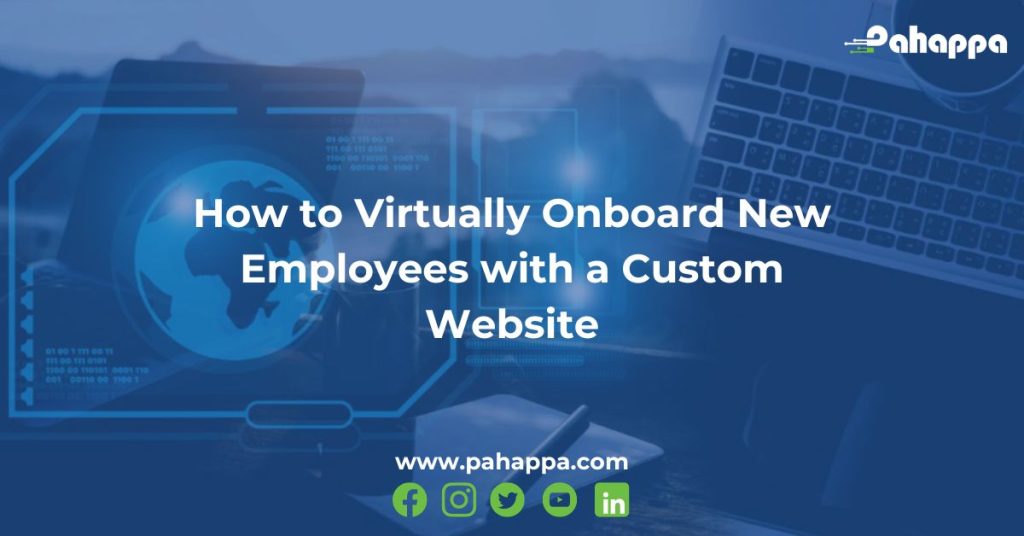In today’s digital era, having a strong online presence is no longer an option but a necessity for small businesses looking to thrive. Among the various tools at their disposal, a high-converting website stands out as a crucial asset. It serves as the virtual face of the small business, representing its brand, products, and services to a global audience. However, building a website that captivates visitors and turns them into loyal customers is no easy feat. It requires careful planning and consideration of essential elements that work together to create an engaging and persuasive user experience. There are a number of essential elements that every small business website should have in order to be high-converting. In this article, we discuss seven of the most important elements
What is a High-Converting Website for Small Businesses?
A high-converting website is one that effectively generates leads and sales. It is a website that is designed to attract visitors, engage them with relevant content, and persuade them to take a desired action, such as signing up for an email list, making a purchase, or scheduling a consultation.
Essentially, a high-converting website for small businesses achieves the following objectives:
- Captures attention
To capture attention, a high-converting website employs visually appealing design elements, such as vibrant colors, high-quality images, and captivating graphics. It utilizes compelling headlines that immediately convey the value or solution the business offers, piquing the interest of visitors and encouraging them to explore further.
- Engages visitors
A high-converting website ensures a seamless and intuitive user experience. It features clear and organized navigation, enabling visitors to easily find the information they seek. The site’s layout and structure are optimized for readability, with concise and compelling content that effectively conveys the business’s key messages. It incorporates intuitive forms and interactive features, enabling visitors to engage effortlessly with the website and its offerings.
- Builds trust
Establishing trust is crucial for converting visitors into customers. A high-converting website achieves this by incorporating trust-building elements. Testimonials and reviews from satisfied customers add social proof and credibility. Certifications, awards, or affiliations can be showcased to demonstrate expertise and reliability. Providing clear contact information, including phone numbers, email addresses, and physical addresses, reassures visitors that the business is legitimate and accessible.
- Communicates value
A high-converting website clearly communicates the business’s unique value proposition. It highlights the benefits customers can expect from its products or services, addressing their pain points or needs. The website’s messaging is concise, compelling, and customer-centric, focusing on how the business solves problems or enhances the lives of its target audience.
- Drives conversions
A high-converting website strategically incorporates persuasive elements to encourage visitors to take desired actions. Strong calls-to-action (CTAs) are strategically placed throughout the website, guiding visitors to make a purchase, request a quote, subscribe to a newsletter, or take any other desired action. Clear pricing information, limited-time offers, and compelling content, such as case studies or product demonstrations, entice visitors to take the next step in their customer journey.
- Mobile-friendly
With the rise in mobile device usage, a high-converting website is optimized for mobile responsiveness. It adapts to different screen sizes and ensures that all features, content, and functionalities are accessible and user-friendly on smartphones and tablets. This mobile optimization improves the user experience, reduces bounce rates, and increases the likelihood of conversions from mobile users.
- Analyzes and optimizes
A high-converting website incorporates analytics tools to track user behavior, measure conversion rates, and identify areas for improvement. By analyzing data such as page views, click-through rates, and conversion funnels, small businesses can gain insights into user preferences and behaviors. This information allows them to optimize their website continuously, making data-driven improvements to maximize its conversion potential and drive better results.
7 Essential Elements of a High-Converting Website for Small Businesses
- Clear and Compelling Branding
A high-converting website starts with a strong and cohesive branding strategy. It should have a clear and memorable logo, a consistent color scheme, and engaging visual elements that reflect the brand’s identity. A well-defined brand creates a sense of trust and familiarity, making it easier for visitors to connect with the business.
- Intuitive Navigation
A user-friendly and intuitive navigation system is crucial for seamlessly guiding visitors through the website. The navigation menu should be prominently placed and organized logically, making it effortless for users to find the information or products they are looking for. Implementing search functionality can further enhance navigation and improve user experience.
- Compelling and Relevant Content
Content is the backbone of any high-converting website. It should be engaging, informative, and tailored to the target audience. The website should clearly communicate the business’s value proposition, addressing customer pain points and showcasing how its products or services solve their problems. High-quality images, videos, and well-written copy are essential for grabbing and retaining visitors’ attention.
- Strong Call-to-Action (CTA)
Effective CTAs are crucial for driving conversions on a website. Each page should have a clear and persuasive CTA that encourages visitors to take the desired action, whether it’s making a purchase, subscribing to a newsletter, or getting a quote. The CTAs should be visually distinct, well-placed, and use compelling language to entice users to click.
- Social Proof and Testimonials
Building trust is vital for small businesses, and social proof plays a significant role in achieving that. Incorporating customer testimonials, reviews, case studies, and endorsements can enhance credibility and demonstrate the business’s track record of success. Including logos of trusted partners or affiliations can also boost confidence in the brand.
- Mobile Optimization
With the increasing use of smartphones and tablets, a high-converting website must be optimized for mobile devices. It should have a responsive design that adapts seamlessly to different screen sizes and resolutions. Mobile optimization ensures that visitors have a positive experience regardless of the device they use, leading to higher engagement and conversion rates.
- Analytics and Conversion Tracking
To continuously improve website performance, small businesses should implement analytics tools to gather data and insights. Tracking user behavior, conversion rates, and other key metrics helps identify areas for improvement. Businesses can make data-driven decisions to optimize their website and enhance conversion rates over time by understanding user preferences.
A high-converting website is essential for small businesses to thrive in the digital age. By incorporating the seven essential elements discussed, businesses can create a website that captures attention, engages visitors, builds trust, communicates value, drives conversions, caters to mobile users, and continuously optimizes performance. If you’re ready to take your business to the next level, then contact us today. We can help you create a high-converting website that will help you achieve your business goals.


